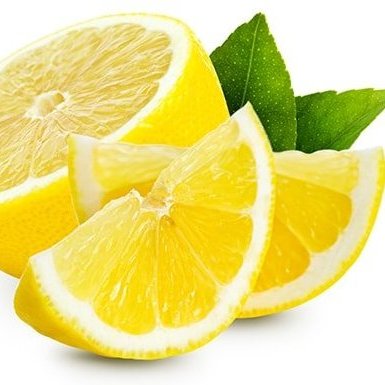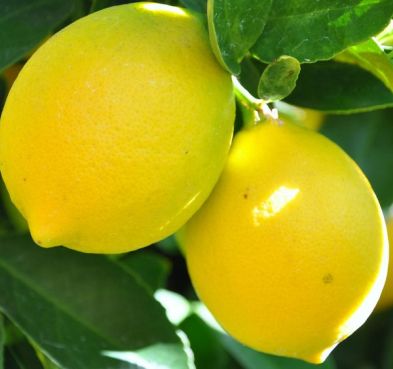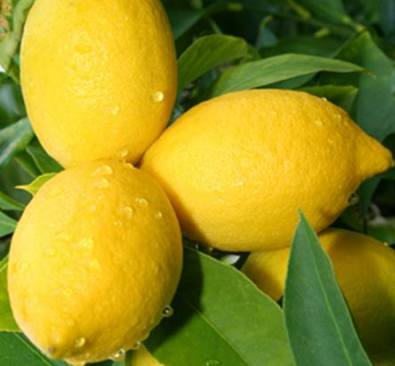-Essential-Oil.png)
-Essential-Oil.png)



Botanical name Citrus limonum
Family Rutaceae
Source Fruit peel
Origin Italy
Processing Method Steam Distilled
Color/Consistency A thin, colorless to greenish yellow liquid.
Aromatic Summary / Note / Strength of Aroma A top note with a strong aroma, it has a strong bright lemony scent.
Blends With Bergamot, Lime, Mandarin and Orange.
Product Abstract
The health benefits of lemon are due to its many nourishing elements like vitamin C, vitamin B6, vitamin A, vitamin E, folate, niacin, thiamin, riboflavin, pantothenic acid, copper, calcium, iron, magnesium, potassium, zinc, phosphorus, and protein. It is a fruit that contains flavonoids, which are composites that contain antioxidant and cancer-fighting properties. It helps to prevent diabetes, constipation, high blood pressure, fever, indigestion, as well as improves the skin, hair, and teeth. Studies conducted at the American Urological Association highlight the fact that lemonade or lemon juice can eliminate the occurrence of kidney stones by forming urinary citrate, which prevents the formation of crystals.
History
The origin of the lemon is unknown, though lemons are thought to have first grown in Assam (a region in northeast India), northern Burma or China. A study of the genetic origin of the lemon reported it to be hybrid between bitter orange (sour orange) and citron.
Lemons entered Europe near southern Italy no later than the second century AD, during the time of Ancient Rome. However, they were not widely cultivated. They were later introduced to Persia and then to Iraq and Egypt around 700 AD. The lemon was first recorded in literature in a 10th-century Arabic treatise on farming, and was also used as an ornamental plant in early Islamic gardens. It was distributed widely throughout the Arab world and the Mediterranean region between 1000 and 1150.
Harvesting/Extraction Information
Lemons are ready to pick as soon as they are yellow or yellow green in appearance and firm. The fruit will be 2 to 3 inches in size. It’s better to wait until they are the right size and not worry so much about color than to wait for them to be completely yellow.
Cold pressed Lemon essential oil is perfect for Aromatherapy and diffusion use as the gentle extraction process maintains more of the oil’s natural benefits. Unlike our other Lemon Essential Oils this means that the oil has more to give but also has a certain level of phototoxicity, which means it may irritate the skin when you go out in the sunshine. You should not use the oil undiluted and be careful when going out into the sun if using on the skin.
Common Usage
Caution
This Essential Oil has phototoxic properties and exposure to the sun must be avoided after application to the skin. Due to their presence, please consult a physician prior to using this oil. Dilute well before use; May cause skin irritation in some individuals; a skin test is recommended prior to use. Contact with eyes should be avoided.
Key constituents
(þ)-Limonene 56.6–76.0%
b-Pinene 6.0–17.0%
g-Terpinene 3.0–13.3%
a-Terpineol 0.1–8.0%
a-Pinene 1.3–4.4%
Geranial 0.5–4.3%
Sabinene 0.5–2.4%
p-Cymene tr–2.3%
b-Myrcene tr–2.2%
Neral 0.4–2.0%
Terpinen-4-ol tr–1.9%
Neryl acetate 0.1–1.5%
Non-volatile compounds
Oxypeucedanin 0.09–0.82%
Bergamottin 0.16–0.54%
5-Geranoxy-7-methoxycoumarin 0.18–0.28%
Citropten 0.05–0.17%
Byakangelicol 0.006–0.16%
8-Geranyloxypsoralen 0.01–0.045%